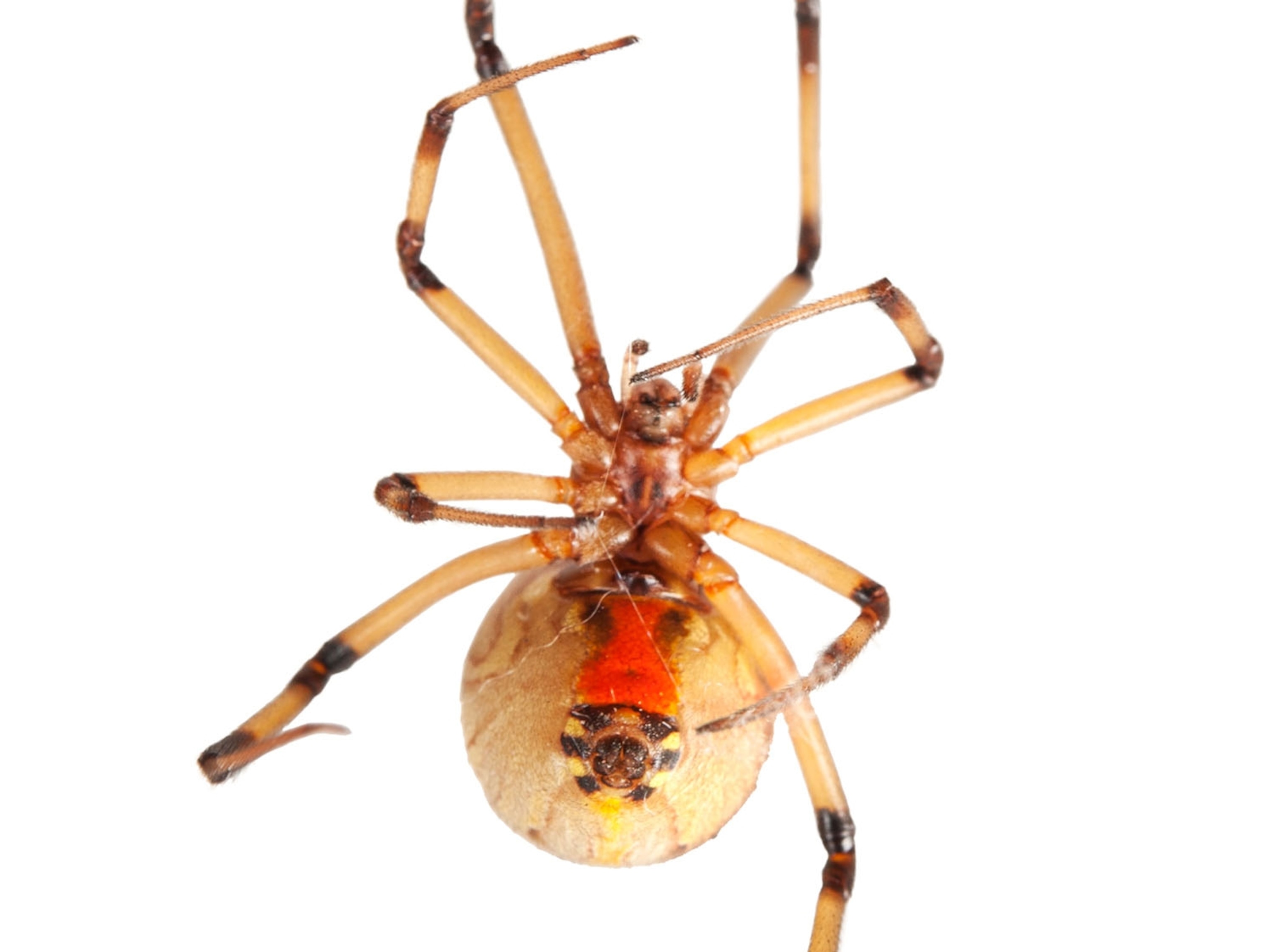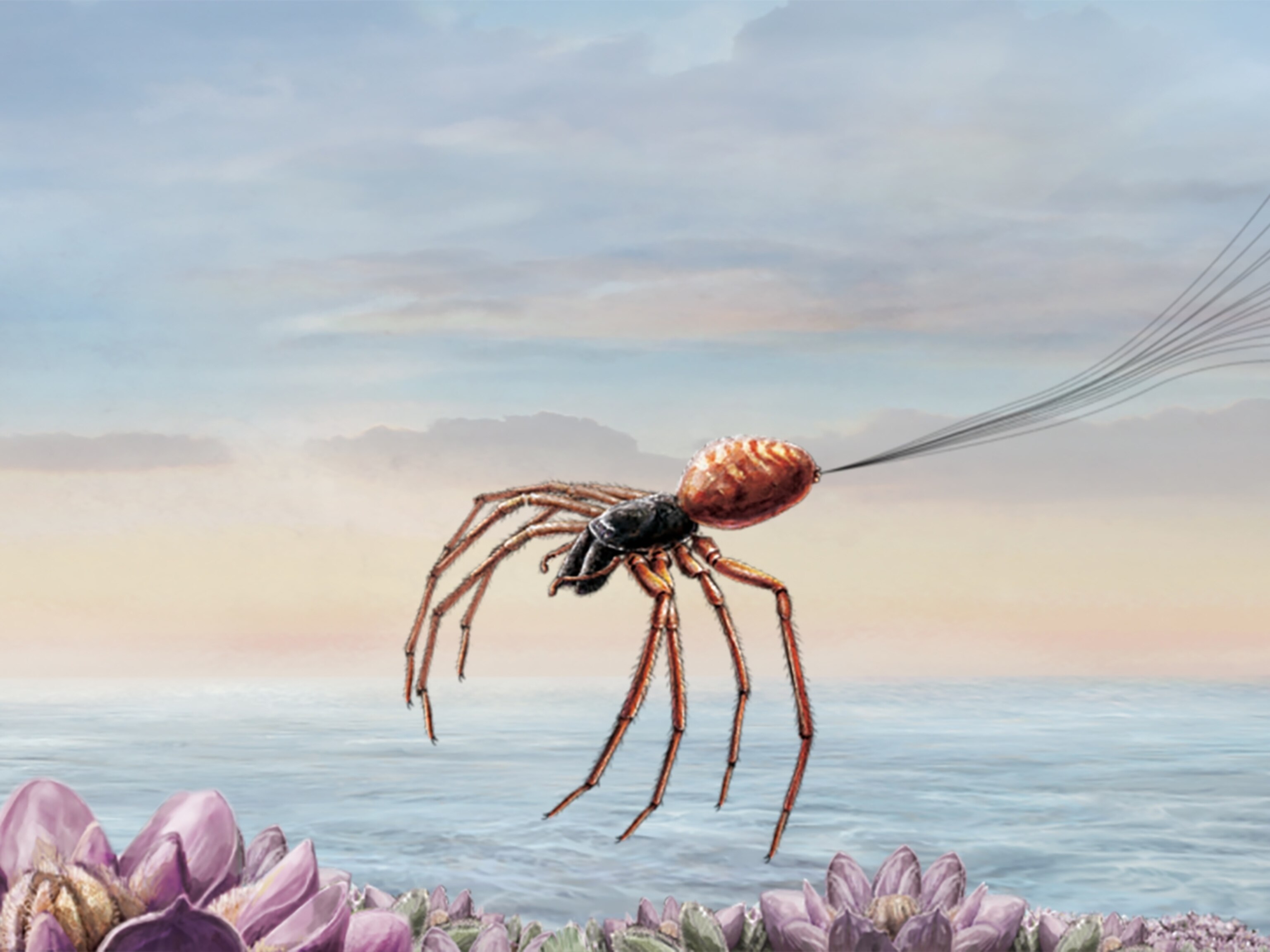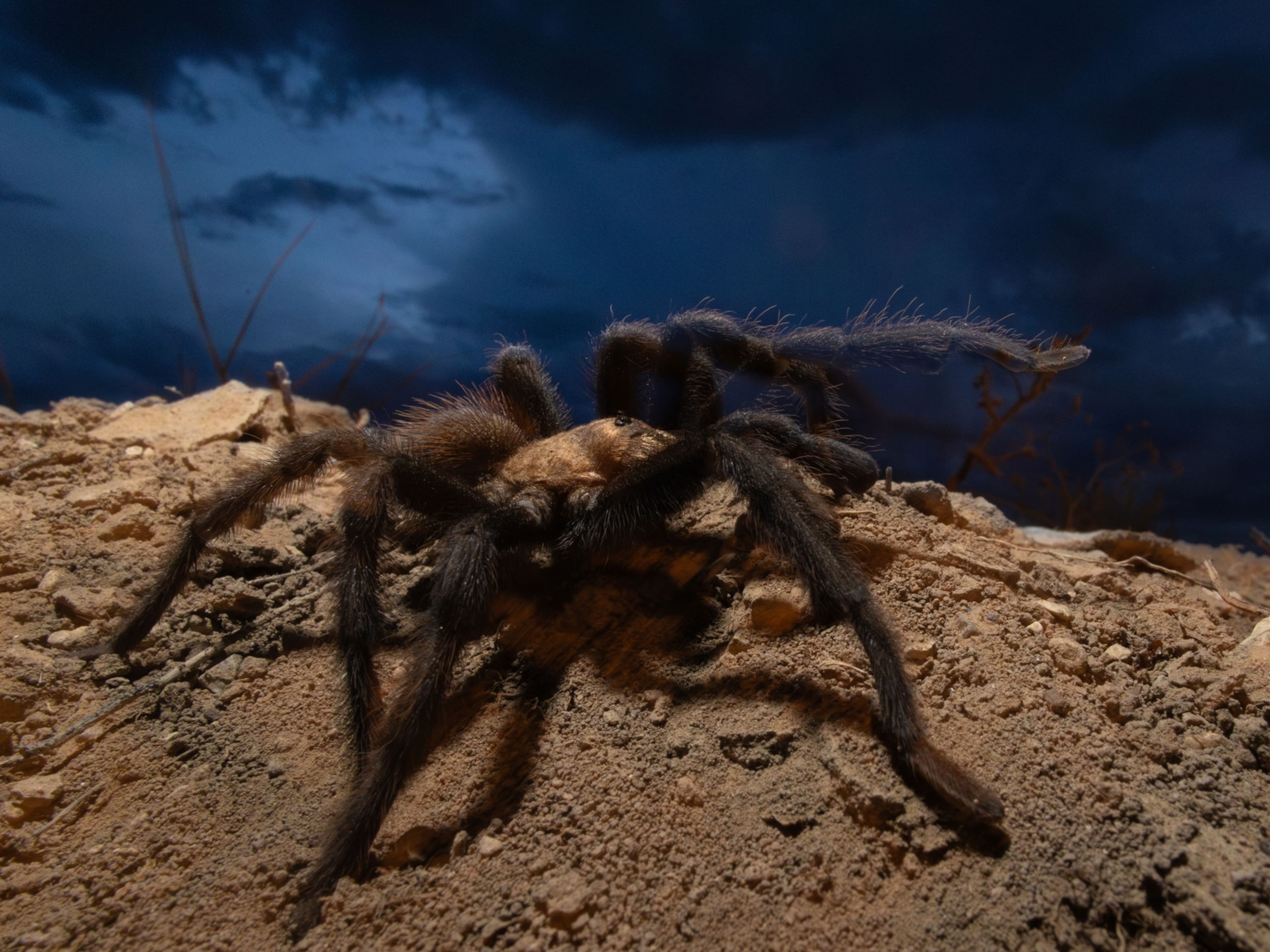
This Spider Isn’t From Mars—So Why Is It Named for David Bowie?
A Beyoncé fly, a Trump moth, and more: learn why some species are named for famous figures.
Of the roughly 18,000 new species discovered each year, a few have a certain star quality. In 2008, when an orange-haired, ornately patterned spider was found in Malaysia, it was named Heteropoda davidbowie. In 2010 a whale fossil made a splash when it was dubbed Leviathan melvillei. There’s a rare Australian horsefly that goes by Scaptia beyonceae and a tree frog from Ecuador called Hyloscirtus princecharlesi.
Scientists have been formally naming species since the middle of the 18th century, when Swedish biologist Carl Linnaeus paved the taxonomic way. His binomial nomenclature system—still in use—identifies each distinct organism using a two-part name: its genus, or group, name, followed by its specific, or species, name. Think Homo sapiens.
Today animal species’ names follow guidelines set by a governing body called the International Commission on Zoological Nomenclature. The person who finds a new species is free to name it, and some take inspiration from famous figures.
Attaching a celebrity’s name could benefit an at-risk species or habitat by drawing attention to it. Naming can also be simply a science-nerdy form of flattery. German arachnologist Peter Jäger says he named his spider H. davidbowie for both purposes. “Of course,” he says of the singer-songwriter, “I’m a big fan.”

Spider Oddity
David Bowie called his bandmates the Spiders From Mars—but the real spider called Heteropoda davidbowie hails from Southeast Asia. The scientist who found the orange-haired species named it in 2008 to honor Bowie (who died in 2016) and his orange-haired alter ego, Ziggy Stardust.





